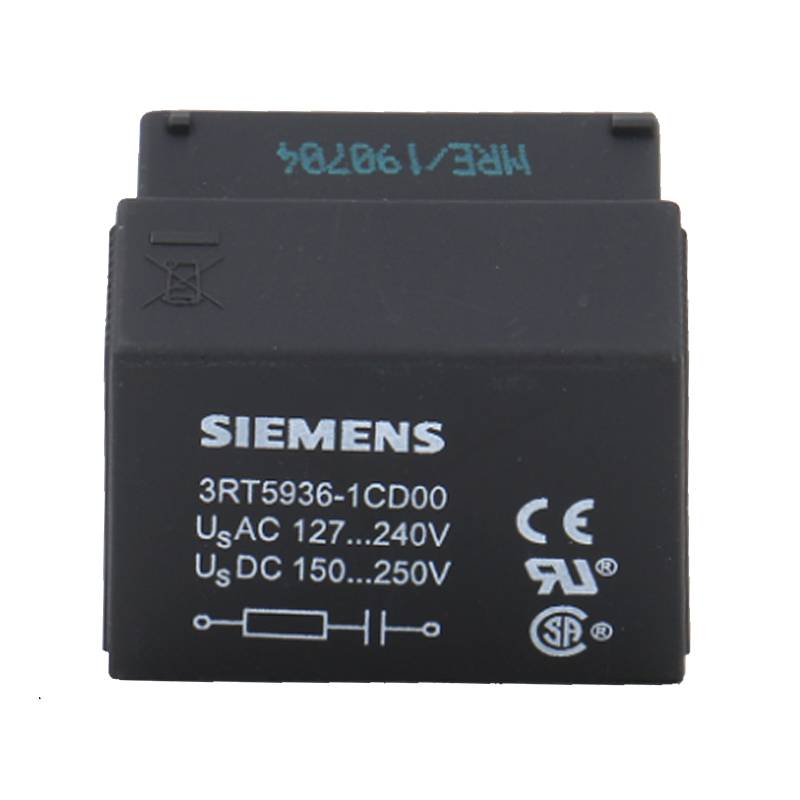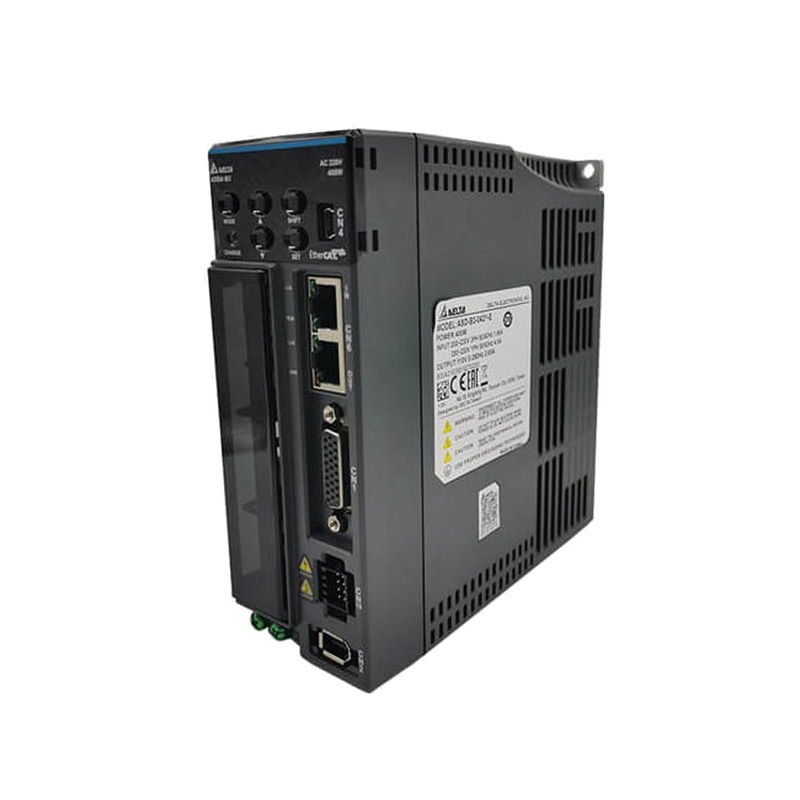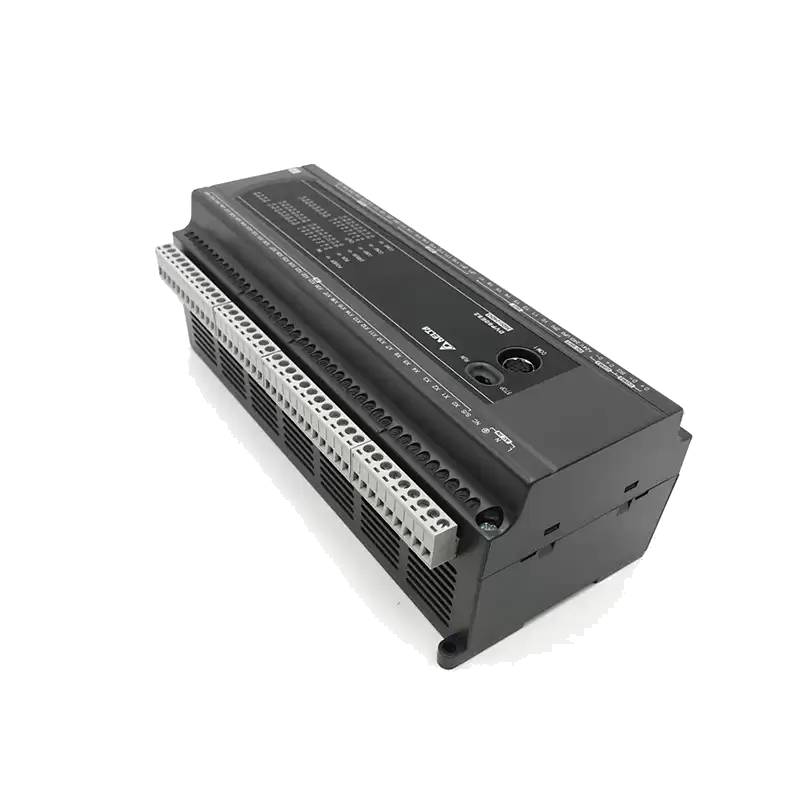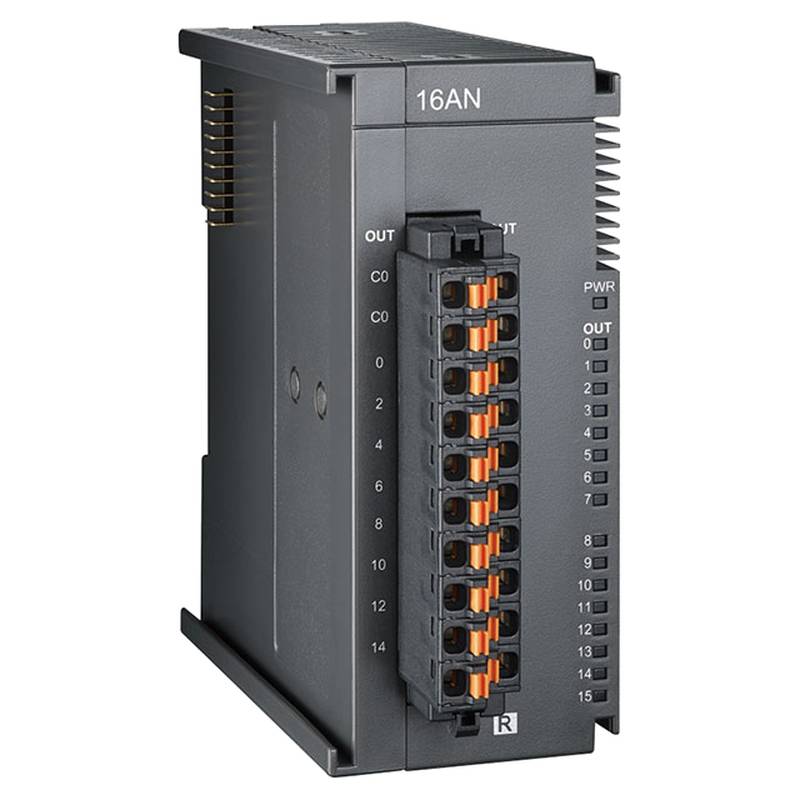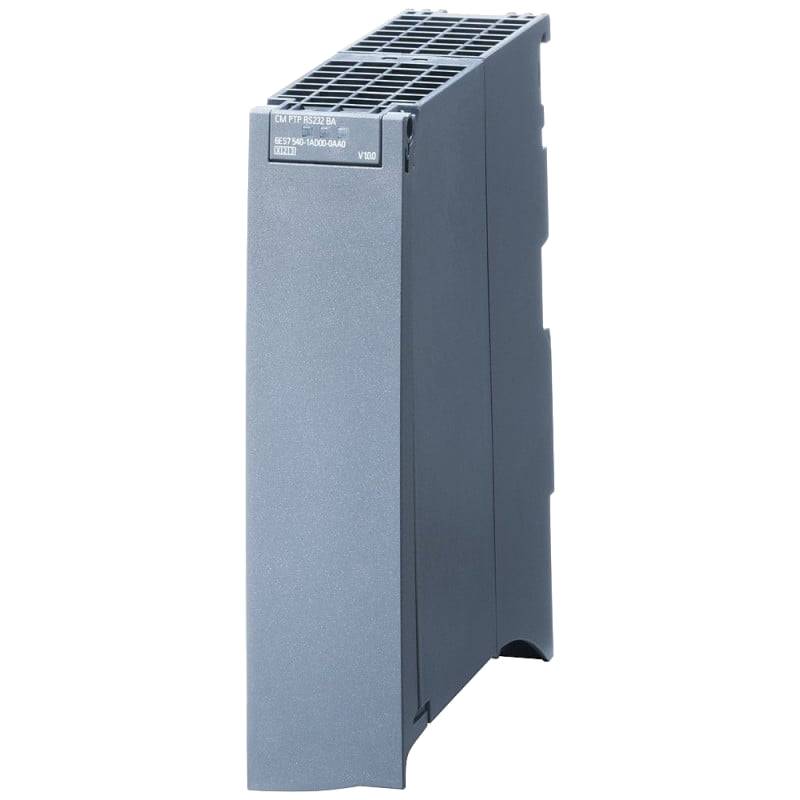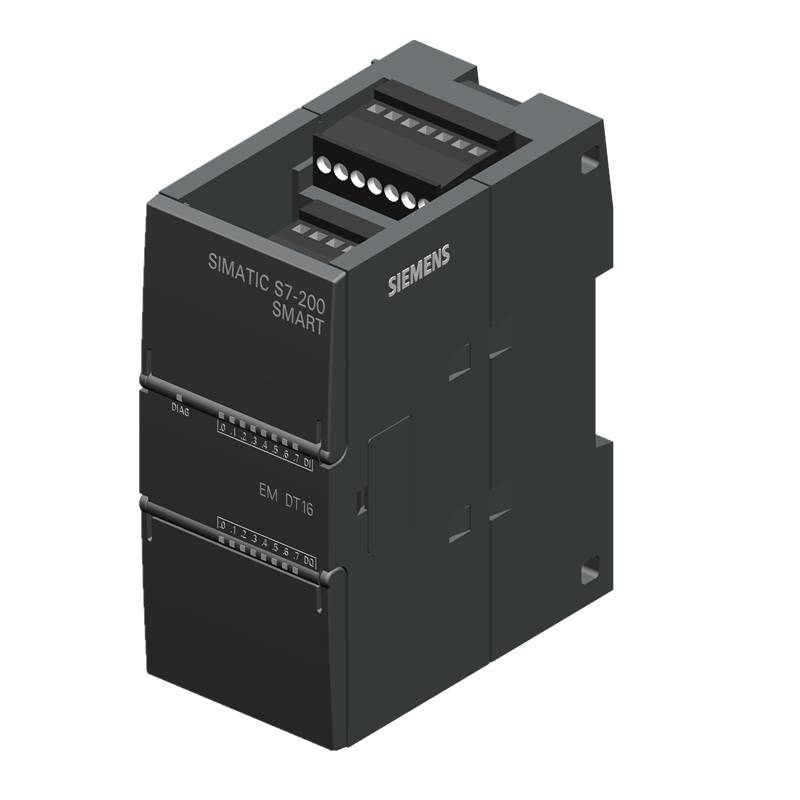
The Delta ASD-B3-3043-E High Inertia Single Phase Servo is engineered for demanding industrial applications requiring precise control over large inertia loads. This advanced servo drive from Delta's ASDA-B3 series boasts a high response bandwidth, robust motor speed support, and sophisticated features designed to optimize performance and simplify integration. Its capabilities make it a critical component in modern automation systems, particularly where smooth, accurate motion is paramount.
Product Specifications
| Feature | Specification |
| :---------------------- | :---------------------------------------------------- |
| Model | ASD-B3-3043-E |
| Series | ASDA-B3 |
| Supply Voltage | AC 380V (typically for 3-phase input, verify E model) |
| Input Phase | Single Phase (for E model, verify specific variant) |
| Rated Output Power | 3.0 kW |
| Continuous Output Current | 9.11 Arms |
| Instantaneous Max Output Current | 27.33 Arms |
| Encoder Resolution | 24-bit |
| Motor Speed Support | Up to 6000 r/min |
| Bandwidth | 3.1 kHz |
| Cooling System | Fan cooling |
| IP Rating | IP20 |
| Communication | EtherCAT (up to 8 kHz), RS-485, CANopen, DMCNet |
| Safety Features | Embedded STO (Safe Torque Off) Sil2 |
| Special Functions | Auto-tuning, Vibration Suppression, System Analysis |
*Note: Specific input voltage and phase configurations may vary by sub-model. Always consult the official datasheet for the exact ASD-B3-3043-E variant.*
Core Features & Market Positioning
The Delta ASD-B3-3043-E stands out in the competitive servo drive market due to its specialized design for high inertia applications and its advanced feature set. As Delta's next-generation servo system, it builds upon the success of the ASDA-B2 series, offering significantly improved response and settling times, which are critical for high-throughput automated processes. Its 3.1 kHz bandwidth ensures exceptional dynamic performance, allowing for rapid and precise positioning even with substantial rotating masses. The inclusion of 24-bit encoder resolution provides superior feedback accuracy, crucial for demanding applications like precision machining and robotics. Furthermore, the embedded Safe Torque Off (STO) functionality meets stringent safety standards, making it a preferred choice for integrated safety systems. This combination of high performance, advanced features, and safety integration positions the ASD-B3-3043-E as a premium solution for industries prioritizing accuracy, speed, and reliability.
Key Application Scenarios
The robust capabilities of the Delta ASD-B3-3043-E servo drive make it exceptionally well-suited for a variety of demanding industrial applications:
Machine Tools: Essential for CNC machining centers, grinding machines, and milling equipment where precise control of heavy tool heads or workpieces is required. The high inertia handling ensures stable operation during rapid acceleration and deceleration cycles. Industrial Robots: Critical for robotic arms involved in heavy lifting, assembly, or material handling, where maintaining positional accuracy and smooth motion with large payloads is paramount. Printing and Packaging Machinery: Ideal for high-speed printing presses, labeling machines, and automated packaging lines that demand consistent speed and precise intermittent motion control for large rotating components or material feeds. Semiconductor Manufacturing: Used in automated wafer handling systems, inspection equipment, and pick-and-place machines where sub-micron precision and rapid, repeatable movements are necessary. Textile Machinery: Applicable in advanced weaving or knitting machines that require precise speed control and synchronized movement of large rollers or fabric feed systems. Warehousing and Logistics: Employed in automated guided vehicles (AGVs), automated storage and retrieval systems (AS/RS), and conveyor systems that handle significant loads and require accurate positioning.
Practical System Integration Guidance
Integrating the Delta ASD-B3-3043-E into an automated system involves careful consideration of wiring, configuration, and communication protocols. The drive supports multiple communication options, including high-speed EtherCAT, offering a significant advantage for multi-axis synchronization and reduced wiring complexity compared to traditional pulse train methods.
Wiring Best Practices: Power Input: Ensure the correct AC voltage and phase supply is connected to the designated terminals. For single-phase models, verify compatibility. Motor Connection: Connect the servo motor phases (U, V, W) securely to the drive's output terminals. Encoder Feedback: Connect the motor encoder cable to the feedback port for precise position and speed feedback. Ensure the cable is shielded and within the recommended length limits (e.g., up to 20 meters). Control Signals: Implement connections for digital I/O, analog inputs, and communication interfaces as per the application requirements. Utilize shielded, twisted-pair cables for signal integrity. Grounding: Proper grounding is crucial for safety and performance. Follow national electrical codes and ensure ground resistance meets specifications (e.g., < 100Ω). Separation: Maintain a minimum separation of 30 cm (11.8 inches) between power cables and signal cables to prevent electromagnetic interference (EMI).
Commissioning and Configuration:
Delta's ASDA-B3 series features a user-friendly graphical interface and the ASDA-Soft software, which significantly simplifies commissioning and troubleshooting. The auto-tuning function is particularly valuable, allowing for optimized system performance without extensive manual parameter adjustments. For advanced control, parameters related to gain adjustment, vibration suppression, and system modeling are available for fine-tuning.
Operation and Risk Mitigation
Safe and effective operation of the Delta ASD-B3-3043-E requires adherence to operational guidelines and awareness of potential risks. The drive incorporates advanced safety features, most notably the Safe Torque Off (STO) function, which provides a reliable safety mechanism by preventing unintended motor activation. This SIL2-rated function is critical for personnel safety during maintenance or emergency situations.
Key Operational Considerations: Environment: Operate the drive within its specified temperature, humidity, and vibration limits to prevent malfunctions and ensure longevity. Heat Dissipation: Ensure adequate ventilation around the drive, especially when mounted in an enclosure, to prevent overheating. Power Cycling: Allow sufficient time between power cycles (e.g., one minute) if frequent on/off operations are necessary, to prevent component stress. EMC Compliance: Proper shielding and grounding of cables are essential for electromagnetic compatibility (EMC), minimizing interference with other electronic equipment.
Troubleshooting Common Issues:
The ASDA-B3 series offers diagnostic tools and alarm codes to assist in troubleshooting. Common issues and their remedies include: Overload Alarms (e.g., AL006): May indicate the load exceeding rated capacity, improper parameter settings, motor wiring errors, or encoder issues. Troubleshooting involves monitoring load rates, checking wiring, and verifying encoder integrity. Excessive Deviation Alarms (e.g., AL007): Occurs when the difference between command speed and feedback speed exceeds the allowable range. This can stem from incorrect command signals, mechanical issues, or drive parameter misconfiguration. Encoder Errors (e.g., AL064, AL073): Alerts related to encoder connection, signal integrity, or internal memory issues. This requires checking encoder wiring, cable length, and potentially sending the motor for inspection. Communication Errors: Alarms associated with fieldbus communication (EtherCAT, CANopen, etc.) necessitate verifying network configuration, cable integrity, and termination resistors.
The drive's front panel display and diagnostic software provide detailed error codes for precise fault identification. Always refer to the ASDA-B3 User Manual for a comprehensive list of alarms and specific resolution steps.
Scalability & Long-Term Value
The Delta ASD-B3-3043-E offers significant scalability and long-term value through its compatibility with various Delta product lines and its support for modern industrial communication protocols. The ASDA-B3 series drives are compatible with B3, B2, A3, and A2 motors, providing flexibility for upgrades or integration with existing Delta servo systems.
The adoption of high-speed communication buses like EtherCAT enhances system scalability, allowing for seamless integration of multiple axes and remote I/O modules with simplified wiring. This capability is crucial for building complex automation architectures and facilitates future expansion of the system. Furthermore, Delta's commitment to continuous development means these drives are designed to integrate with emerging IIoT (Industrial Internet of Things) solutions and digital manufacturing platforms, ensuring your automation investment remains relevant and capable of leveraging Industry 4.0 advancements. The availability of comprehensive documentation, software tools (ASDA-Soft), and ongoing technical support from Delta further solidifies the long-term value proposition of the ASD-B3-3043-E.
Frequently Asked Questions (FAQs)
Q1: What are the primary advantages of the Delta ASD-B3-3043-E servo drive for high inertia loads?
The ASD-B3-3043-E offers superior torque control and stability for large inertia loads. Its high bandwidth allows for precise and rapid motion, essential for complex machinery. This drive ensures smooth operation and reduces settling times considerably.
Q2: What is the typical power output and voltage requirement for the Delta ASD-B3-3043-E?
This servo drive is rated at 3.0 kW of output power. While many ASDA-B3 models use 3-phase 380V, the "E" variant often denotes specific electrical characteristics, so checking the exact datasheet is crucial.
Q3: How does the 24-bit encoder resolution benefit high inertia applications?
A 24-bit encoder provides extremely high positioning accuracy and resolution. This is vital for high inertia loads, enabling the drive to maintain precise control even with significant momentum. It ensures feedback is accurate for complex motion profiles.
Q4: Can the Delta ASD-B3-3043-E be used with older Delta servo motors?
Yes, the ASDA-B3 series drives are designed to be compatible with previous Delta motor series, including B2, A3, and A2 motors. This offers flexibility for upgrades or system integration.
Q5: What are the key communication protocols supported by the ASD-B3-3043-E?
The drive supports several industrial communication protocols, including EtherCAT, CANopen, RS-485, and DMCNet. EtherCAT is particularly advantageous for high-speed, multi-axis synchronization.
Q6: How does the Safe Torque Off (STO) feature enhance safety?
STO is a critical safety function that reliably prevents the motor from unintended movement. This is essential for personnel safety during maintenance or emergency shutdowns, meeting stringent industry safety standards.
Q7: What role does the auto-tuning function play in system setup?
The auto-tuning feature simplifies commissioning by automatically optimizing servo parameters for the connected motor and load. This reduces setup time and eliminates the need for complex manual adjustments for optimal performance.
Q8: What are common troubleshooting steps for overload alarms on the ASD-B3-3043-E?
Overload alarms may indicate excessive load, parameter misconfiguration, or wiring issues. Check the load capacity, review drive parameters, and verify motor and encoder wiring for correctness.
Q9: How does the ASDA-B3 series improve upon the previous ASDA-B2 series?
The ASDA-B3 series offers a higher response bandwidth (3.1 kHz vs. 1 kHz), faster settling times (40% reduction), and more advanced control algorithms. It also features a more compact motor design and increased power density.
Q10: What applications benefit most from the high bandwidth and precision of this servo drive?
Applications demanding high-speed, precise motion control are ideal. This includes CNC machining, industrial robotics, high-speed printing, semiconductor manufacturing equipment, and complex automation systems requiring accurate positioning.
















